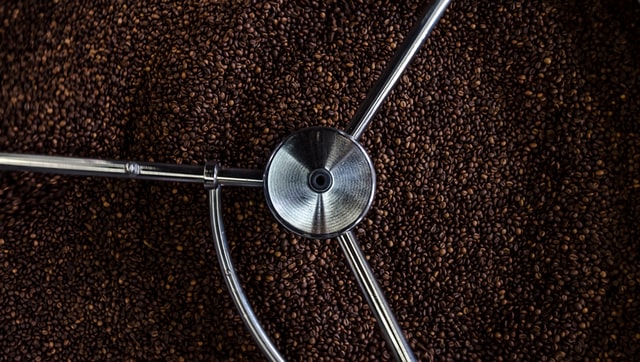If you’re in the food business, it’s important to understand the different types of food processing. Food processing is converting foods into other useful forms. It can cover the processing of raw materials into food through various physical and chemical processes. The diverse actions involved in this process are mining, cooking, canning, liquefaction, pickling, macerating, and emulsification.
Attractive, salable, and in many cases, life-long food products require clean, harvested crops or slaughtered animal products. However, food processing can also reduce the nutritional value of food and may include substances that can adversely affect health.
There is a mixture of different types of food processing that can take place, depending on the kind of food and the intended results. In this blog post, we will discuss types of food processing. Each type of food processing has its unique benefits and drawbacks. Read on to learn more!
Thermal Processing
Thermal processing is food processing that uses heat to kill bacteria and other microorganisms. This type of processing is often used for canned foods, ensuring that the food will be safe to eat. However, thermal processing can also cause the food to lose some nutrients.
Nonthermal Processing
Nonthermal processing is food processing that does not use heat to kill bacteria. It means there is a greater risk of food poisoning if you don’t handle or cook the food properly. However, nonthermal processing can preserve more nutrients than thermal processing.
Tertiary Food Processing
Preparing tertiary food has plenty of nutritional value, such as frozen pizza and bundles of snacks. The expression “handled food” generally refers to foods produced through tertiary food preparation during the new food industries. At this point, the batter takes the most advantage of making the tortillas cut and heated into chips.
Mechanical Separation
Mechanical separation is a type of food processing that uses physical methods to separate different food components. For example, centrifuges and filters can separate solid and liquid ingredients. This type of processing is useful for creating concentrated juices or extracts.
Milling and Grinding
Milling and grinding are types of food processing that reduce the size of the food particles. It can be done using various methods, such as crushing, grinding, or pressing. Milling and grinding can create flours, spices, and other powdery products.
Leavening and Fermentation
Leavening and fermentation are types of food processing that use microorganisms to produce carbon dioxide gas. This gas helps leaven doughs and batters and adds flavor to fermented foods like bread, cheeses, and yogurts.
Coating and Glazing
Coating and glazing are types of food processing that add an outer layer to the food. This layer is typically for decoration or to provide a protective barrier against moisture and contamination. Coating and glazing are often used for baked goods, candies, and fruits.
Conclusion
As you can see, many different types of food processing can be used to create various products. Each type of processing has its unique benefits and drawbacks. Choose the right kind of processing for your food product to ensure the best possible results! Hopefully, this article has been informative for you!
Are you looking to take your food business to the next level? Contact the greater goods today to see how we can help!
